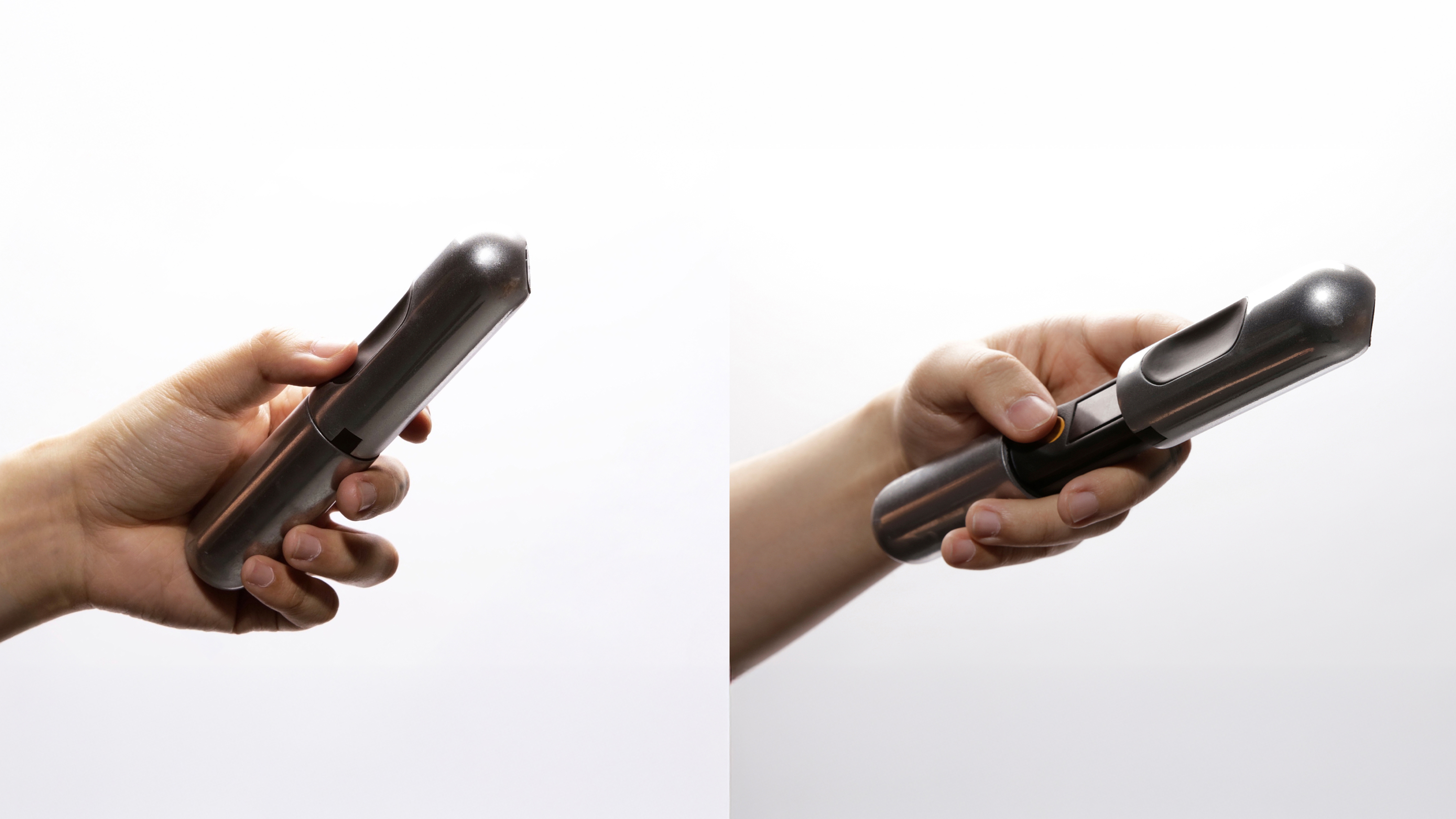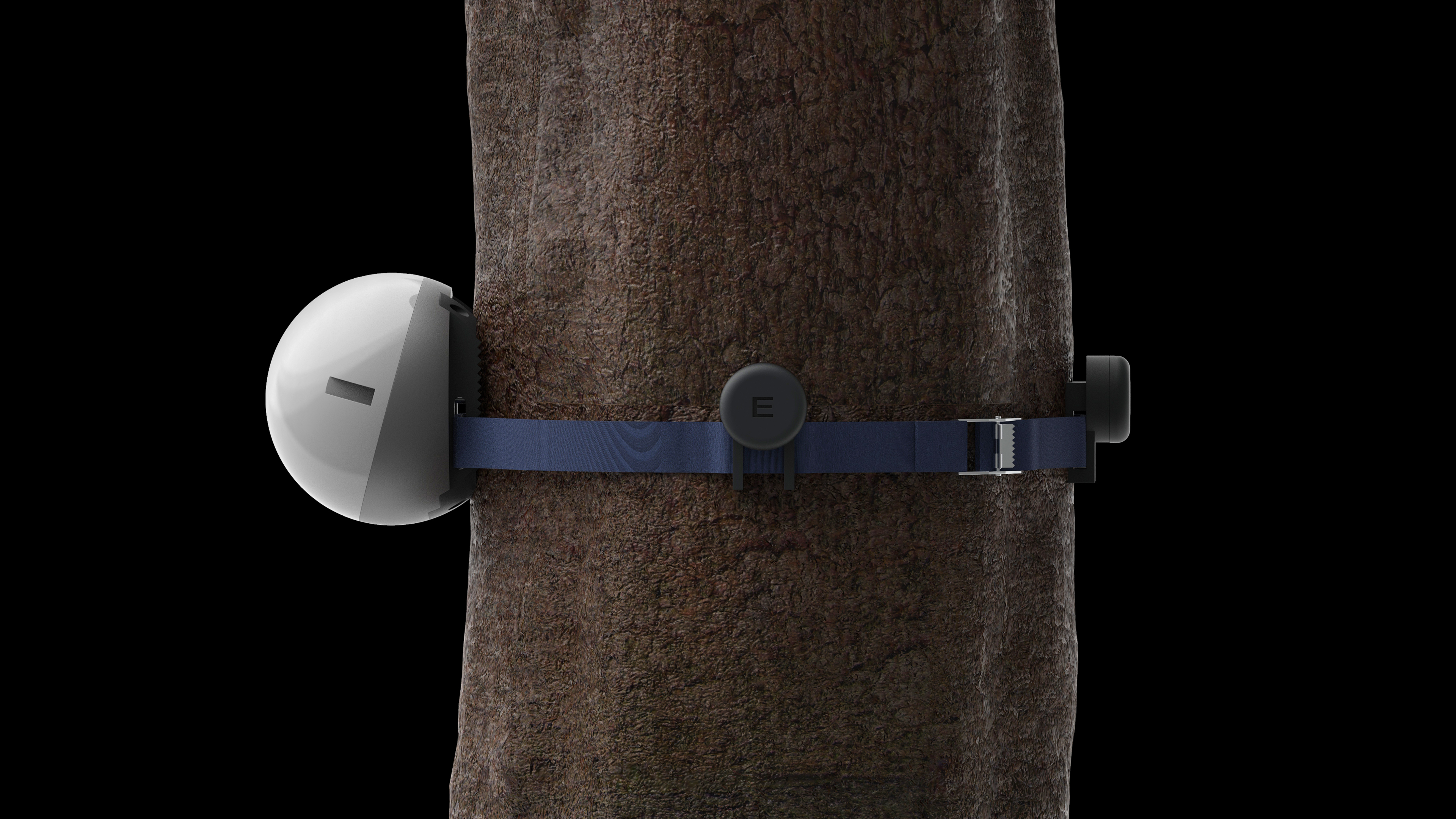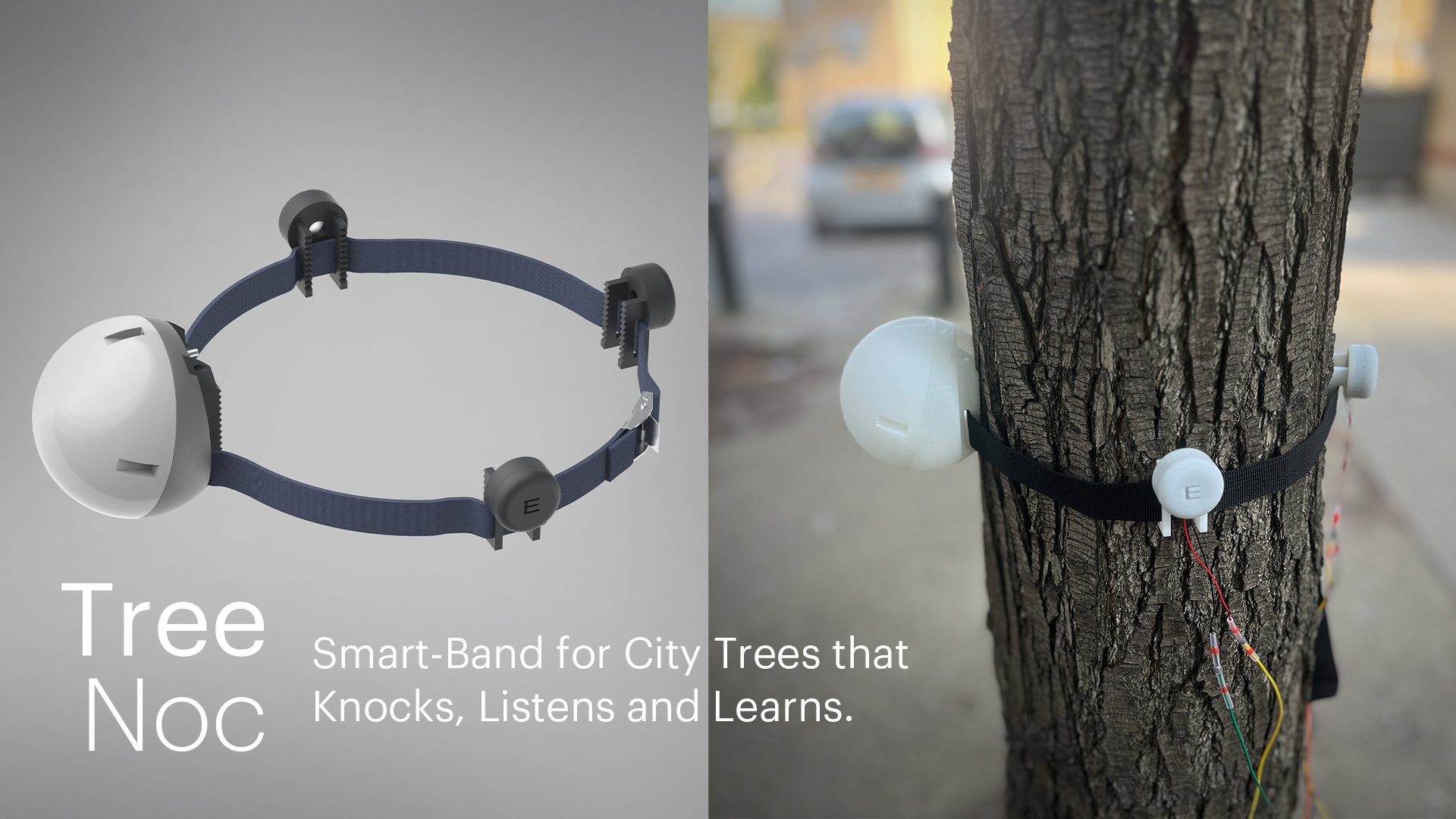EarthCode
A decentralized system that democratizes the carbon offset market by allowing private forest owners to contribute to climate action
watch a video ︎
Winner - D&AD Future Impact Fund 2025 - £25,000
1st Prize - Dezeen x Bentley Start Something Powerful Award
Best of the Best - Seoul Design Award 2025 - KRW 5,000,000
Winner - Core77 Design Awards 2025 - Emerging Technologies
Shortlist - D&AD 2025 - Future Impact
Finalist - WIRED CREATIVE HACK AWARD 2024
TreeNoc is a novel device designed to continuously monitor the internal health of trees and provide early warnings of potential failures. Shaped like a belt or wristband around the trunk, it uses gentle sound impulses and sensors to detect internal decay, cavities, or stress long before any visible signs appear on the outside.
view more ︎︎︎





BranchLink
3D printed PLA scaffolding to connect tree branches, forming a novel interface between natural resources and digital-based artefacts.
3D printed PLA scaffolding to connect tree branches, forming a novel interface between natural resources and digital-based artefacts.
BranchLink innovatively merges natural elements and digital technology by creating unique multi-connected structures using 3D printed PLA scaffolds and discarded tree branches.


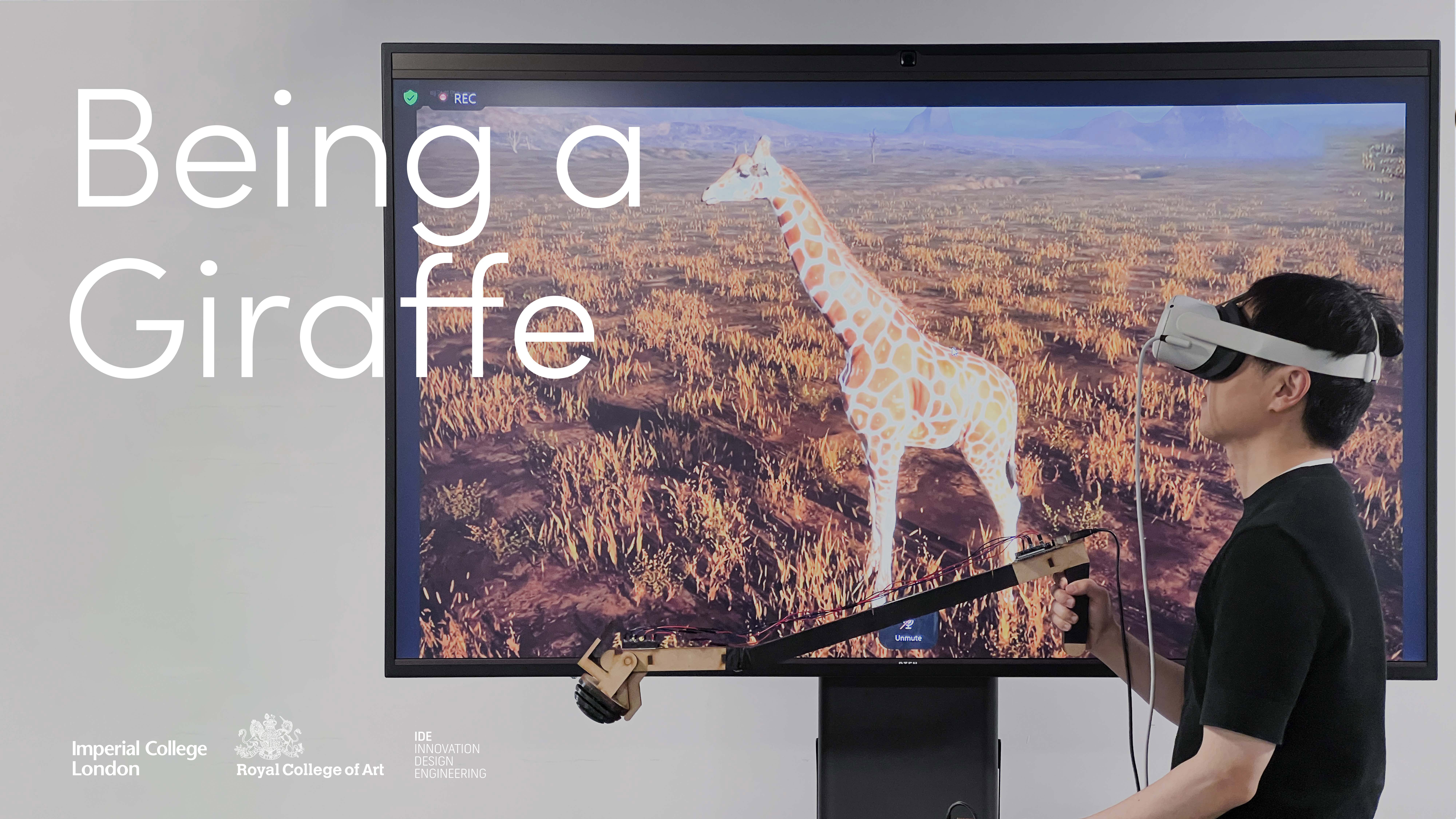



Being a Giraffe
A VR kit with controllers that transforms zoo visits into interactive conservation education, enhancing empathy and understanding of giraffes and ecosystems.
watch a video ︎
Best Technical Innovation - 2024 Innovate UK Immersive Tech Awards
2023 Exhibition at HSBC HQ London
A VR kit with controllers that transforms zoo visits into interactive conservation education, enhancing empathy and understanding of giraffes and ecosystems.
watch a video ︎
Best Technical Innovation - 2024 Innovate UK Immersive Tech Awards
2023 Exhibition at HSBC HQ London
Being a Giraffe integrates advanced VR technology with a physical controller designed to simulate the experience of being a giraffe. The system creates a realistic African savannah environment where users, equipped with VR headsets and a giraffe-like controller, navigate through life-like challenges. These challenges include foraging and interacting with the ecosystem, all designed to provide an immersive, multi-sensory educational experience
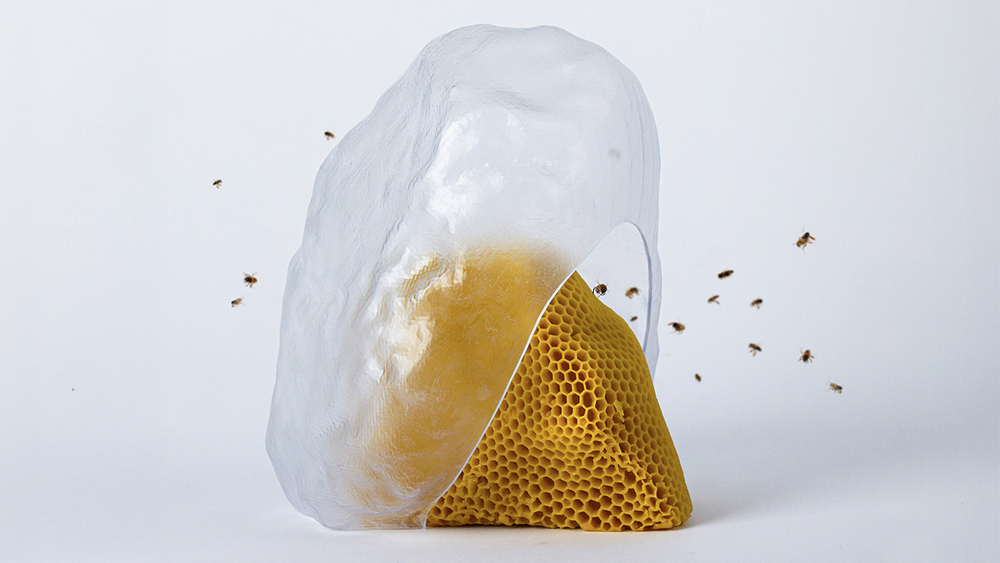

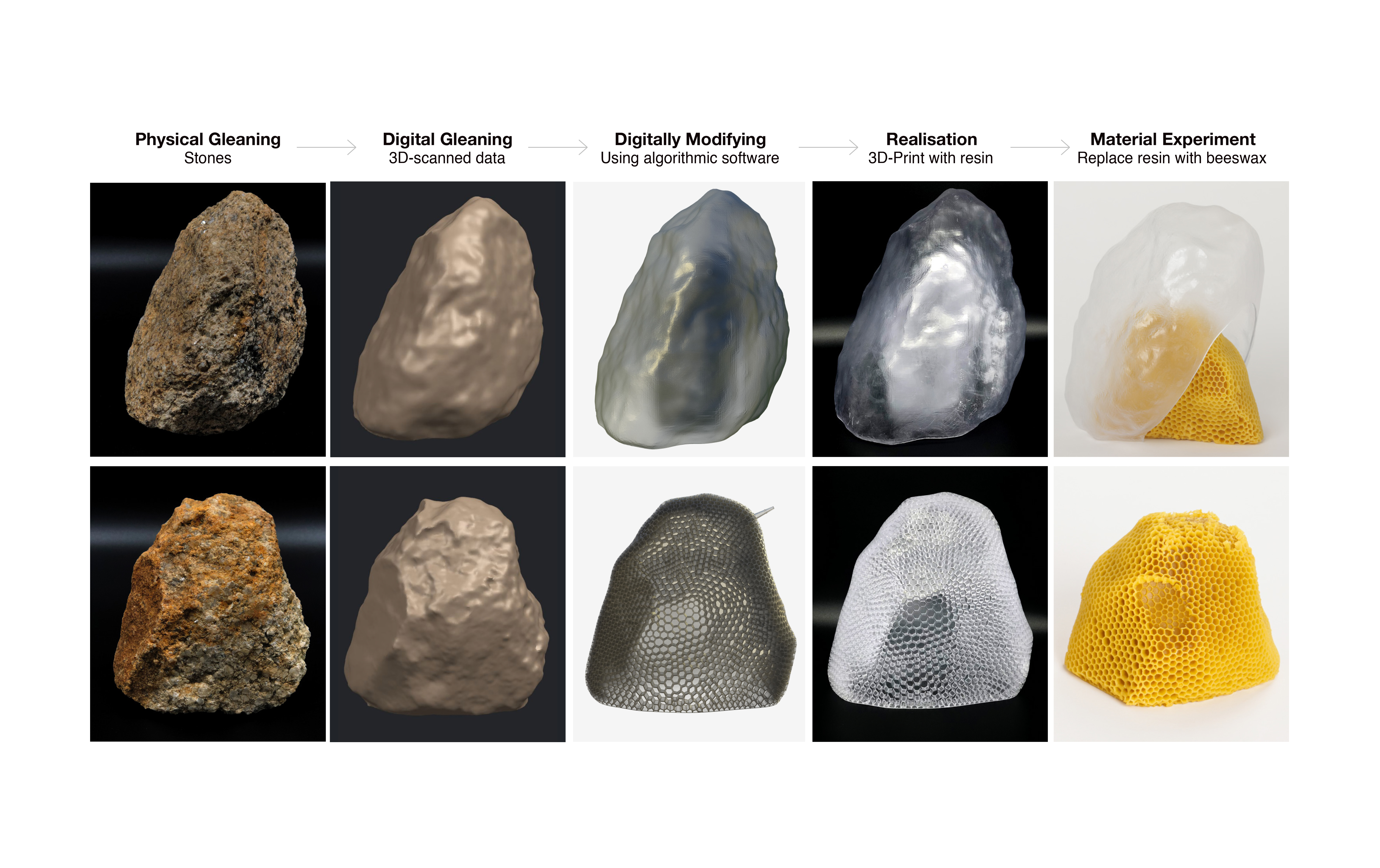

NovaHive
A digitally-gleaned, beeswax beehive designed for sustainable bee protection and research
Grand Prize - KOREA+SWEDEN YOUNG DESIGN AWARD
Shortlist - 2022 Renovators from OPPO
20th London Design Festival - OPPO Renovators 2022 - Emerging Artists Project, Cromwell Place Lavery Studio, London. 20.09.22-25.09.22
Design Korea 2021 - Korea+Sweden Young Design Award, Seoul. 08.10.21-10.10.21
NovaHive is a speculative design project that combines natural and digital techniques to create a protective, research-oriented beehive. This stone-shaped beehive, constructed using a two-layer structure, leverages beeswax for the inner honeycomb and translucent resin for the outer shield.




